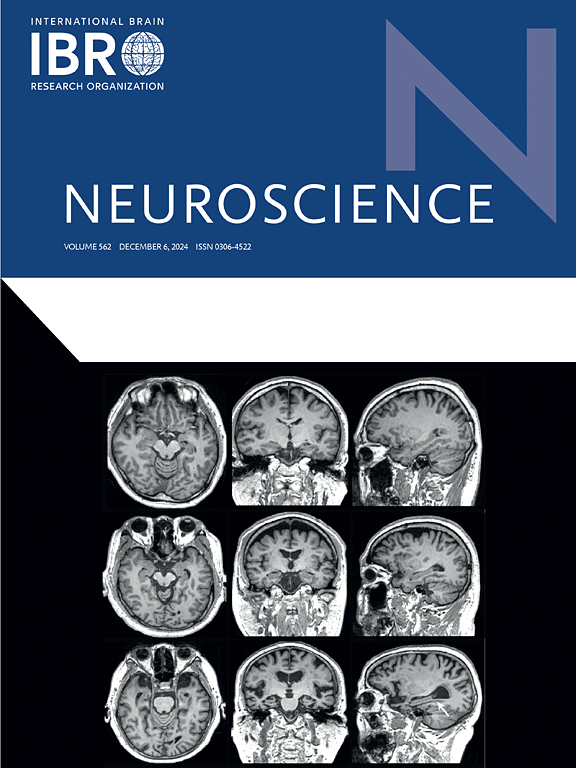Development and applications of a machine learning model for an in-depth analysis of pentylenetetrazol-induced seizure-like behaviors in adult zebrafish
IF 2.9
3区 医学
Q2 NEUROSCIENCES
引用次数: 0
Abstract
Epilepsy, a neurological disorder causing recurring seizures, is often studied in zebrafish by exposing animals to pentylenetetrazol (PTZ), which induces clonic- and tonic-like behaviors. While adult zebrafish seizure-like behaviors are well characterized, manual assessment remains challenging due to its time-consuming nature, potential for human error/bias, and the risk of overlooking subtle behaviors. Aiming to circumvent these issues, we developed a machine learning model for automating the analysis of subtle abnormal and seizure-like behaviors in PTZ-exposed adult zebrafish. To improve pharmacological validity, we also evaluated the efficacy of two anticonvulsant drugs, diazepam (DZP) and valproate (VALP). As strategy, we employed a Random Forest algorithm combined with a post-processing analysis to identify six behavioral phenotypes in PTZ-exposed zebrafish. We found a concentration-dependent effect of PTZ and a distinct behavioral phenotype for DZP and VALP, where these drugs showed different protective profiles. Altogether, our novel data highlights the use of machine learning models to better understand complex behavioral phenotypes associated to PTZ-induced seizures. The ability to detect frame-by-frame and distinct actions of anticonvulsant drugs provides new perspectives on measuring seizure-like responses, as well as possible therapeutic strategies. The approach used here constitutes an important leap on behavioral analysis that can accelerate the discovery of new treatments for seizure disorders.
求助全文
约1分钟内获得全文
求助全文
来源期刊

Neuroscience
医学-神经科学
CiteScore
6.20
自引率
0.00%
发文量
394
审稿时长
52 days
期刊介绍:
Neuroscience publishes papers describing the results of original research on any aspect of the scientific study of the nervous system. Any paper, however short, will be considered for publication provided that it reports significant, new and carefully confirmed findings with full experimental details.
 求助内容:
求助内容: 应助结果提醒方式:
应助结果提醒方式:


